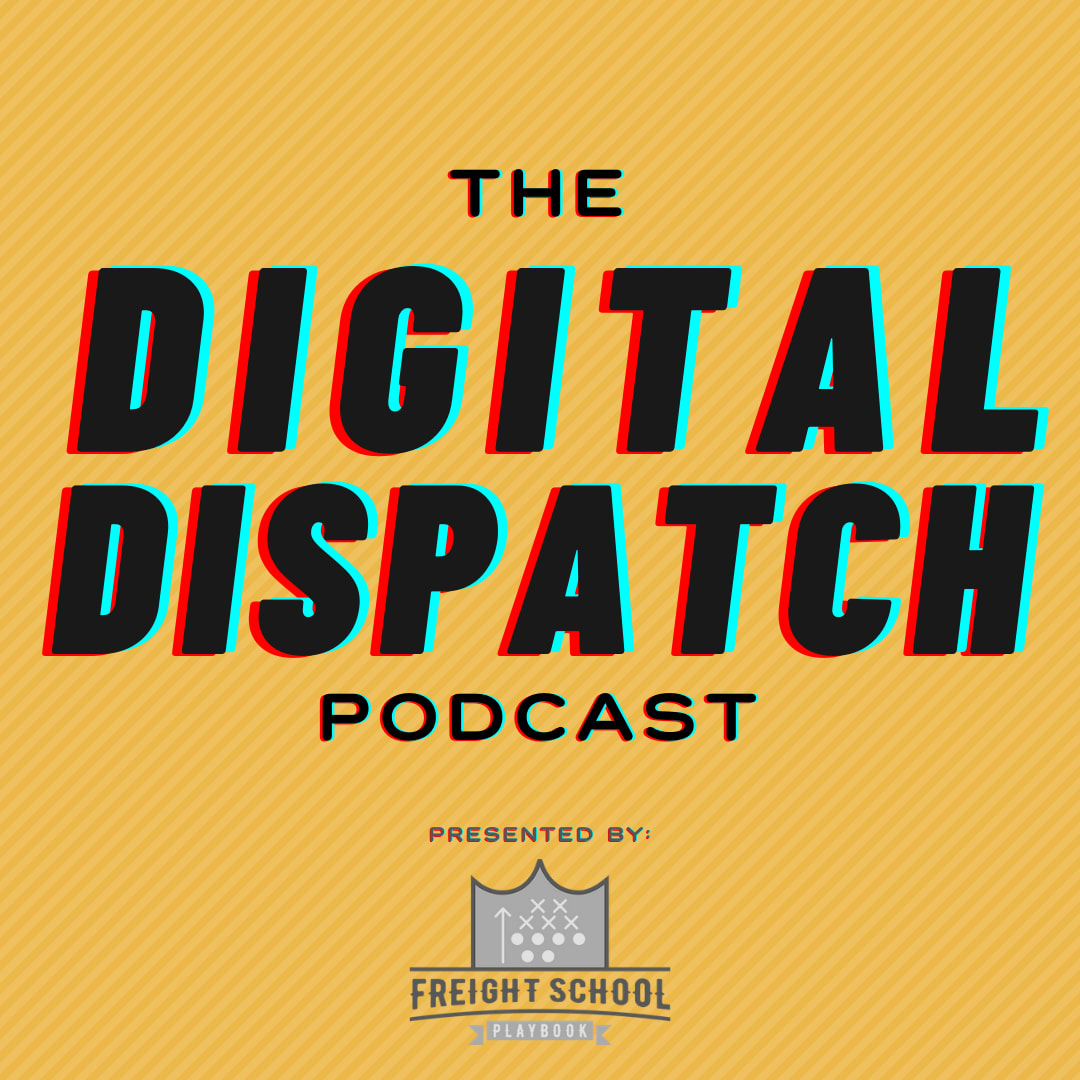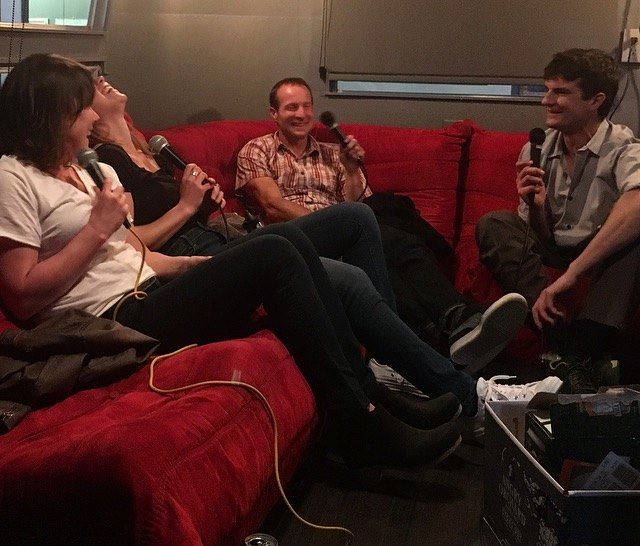
- THE DISPATCH PODCAST FULL
- THE DISPATCH PODCAST PLUS
- THE DISPATCH PODCAST PROFESSIONAL
- THE DISPATCH PODCAST FREE
The different mode of distribution has also encouraged a different editorial approach, compared to political sites on both left and right whose primary currency is outrage. And we found that a more conversational approach and a more personal approach really works.” mixed in with the email that they’re getting from Katie and Uncle Ron and their friends.

We’re having these kind of intimate discussions with our readers. “I would say the biggest difference is probably the way that we communicate - particularly because we put such a heavy emphasis on push content, both in audio form and in newsletters. “For me, it’s been more of a transition, having edited what was a primarily print publication,” Hayes said. That’s meant a slight shift in tone from more traditional conservative sites.
THE DISPATCH PODCAST FREE
(The company added that feature last year.) All Dispatch content was free until about a month ago today, individual newsletters have a mix of free and subscriber-only material.
THE DISPATCH PODCAST PLUS
“In retrospect, we’re very glad that we had that flexibility and that we didn’t just stick to our original plan and learned along the way.”įebruary 7, 2019Today The Dispatch serves, in effect, as an umbrella brand for six different email newsletters, plus three podcasts published on Substack’s platform. “We decided that we’d launch a little smaller, and we would really make the website the third most important of the editorial products, with the first two being newsletters and podcasts sort of tied for No.
THE DISPATCH PODCAST FULL
Hayes said The Dispatch was originally intended to be larger - “25 to 30 people, and to have a full website like most places do.”īut discussions with others in the media industry led them to reorder their priorities.
THE DISPATCH PODCAST PROFESSIONAL
“The more Jonah and I talked about the problems of journalism, the problems in politics, particularly in the center right, the more we thought there was a pretty huge opportunity for a fact-driven publication, a digital media company on the center right, that put reporting really at the core of what we’re doing,” Hayes said.īuilding something the size of a publication on a platform initially built for individuals - a more professional TinyLetter - brings some infrastructure challenges. (National Review went from devoting an entire issue to being “Against Trump” to significantly warmer feelings.) After The Weekly Standard was shut down (Hayes was at the time its editor-in-chief), some began looking for new approaches. The rise of Donald Trump created fissures both between and within conservative outlets. Hayes and co-founder Jonah Goldberg both come from long careers in conservative media, most prominently at The Weekly Standard and National Review.

“We’ve just said to people we want to provide you with content, really good content with reporting, and we otherwise want to leave you alone,” said Stephen Hayes, The Dispatch’s CEO, editor, and co-founder.

That direct reliance on readers - The Dispatch doesn’t have ads or rent out its mailing lists to scam PACs or snake-oil salesmen - makes it stand out among political media. Today, they’re announcing something of a milestone: The Dispatch has generated more than $1 million in revenue in the six months since its launch - only the last month of which put some content behind a paywall. (As opposed to the many journalists and others who have used Substack for a one-person outfit or side project.) October 21, 2019The primary test of that thesis thus far has been The Dispatch, the conservative politics and news site that launched last fall as the first real news organization to launch on Substack’s email-first platform.


 0 kommentar(er)
0 kommentar(er)
